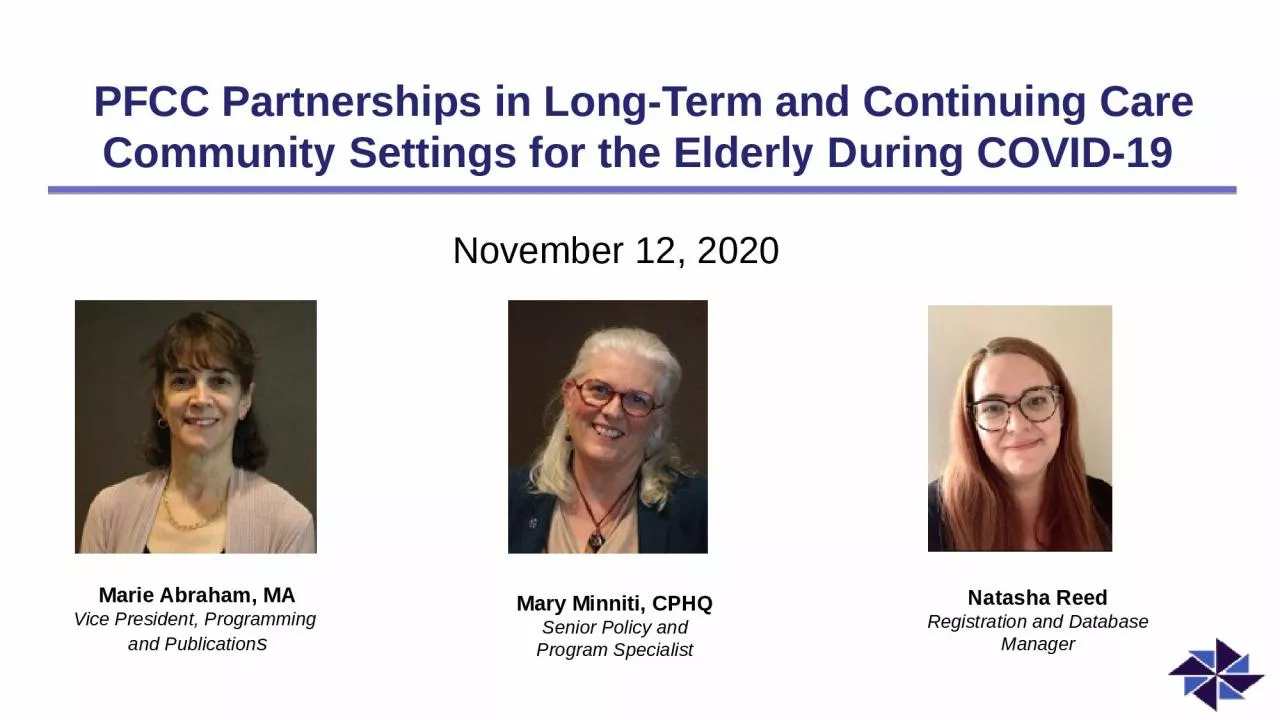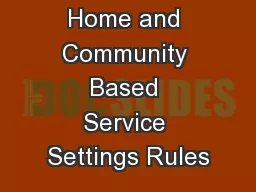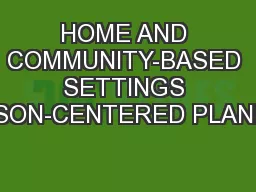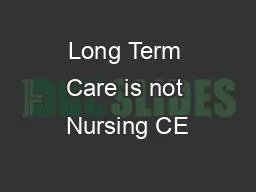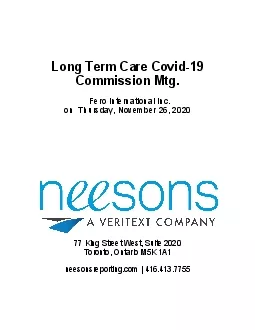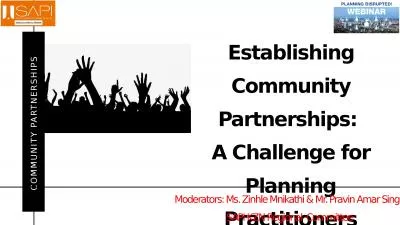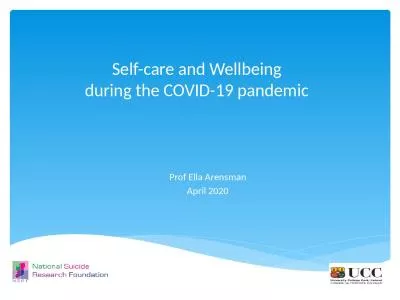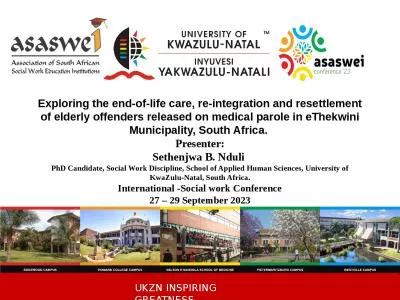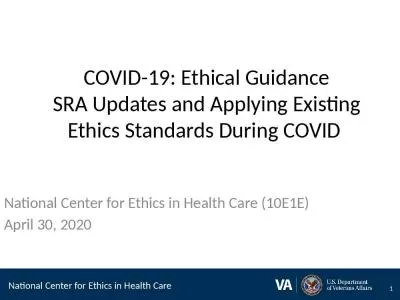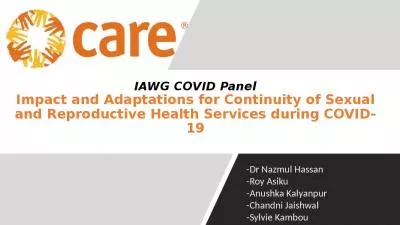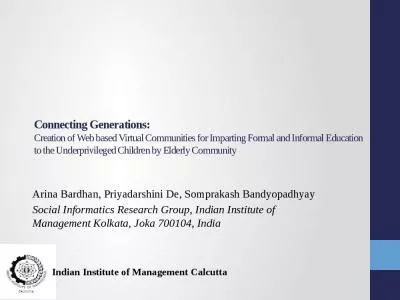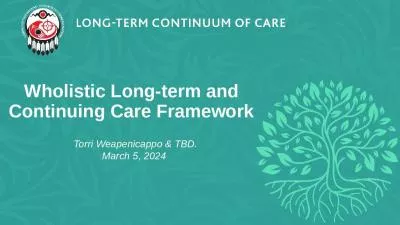PPT-PFCC Partnerships in Long-Term and Continuing Care Community Settings for the Elderly
Author : Ruggedheart | Published Date : 2022-07-28
November 12 2020 Marie Abraham MA Vice President Programming and Publication s Natasha Reed Registration and Database Manager Mary Minniti CPHQ Senior Policy
Presentation Embed Code
Download Presentation
Download Presentation The PPT/PDF document "PFCC Partnerships in Long-Term and Conti..." is the property of its rightful owner. Permission is granted to download and print the materials on this website for personal, non-commercial use only, and to display it on your personal computer provided you do not modify the materials and that you retain all copyright notices contained in the materials. By downloading content from our website, you accept the terms of this agreement.
PFCC Partnerships in Long-Term and Continuing Care Community Settings for the Elderly: Transcript
Download Rules Of Document
"PFCC Partnerships in Long-Term and Continuing Care Community Settings for the Elderly"The content belongs to its owner. You may download and print it for personal use, without modification, and keep all copyright notices. By downloading, you agree to these terms.
Related Documents

